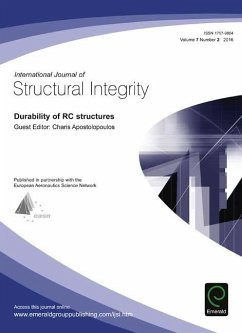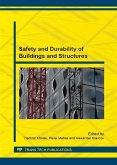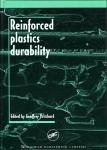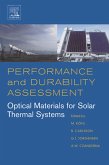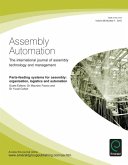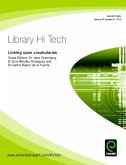In the present special issue, the most serious mechanisms leading (carbonation and chlorides) to steel corrosion and of course the negative consequences to the load bearing elements of R/C are presented. One of the meaningful effects of concrete reinforcement steel corrosion on concrete structures is the decrease of mechanical properties, specifically the ductility of steel. The term ductility of steel includes a group of properties which determine the reinforced concrete structures behavior and it is necessary to take this property into account it for the recalculation of structures that have been already corroded until the point to condition in many occasions the analysis methodology.In other part of the special issue, the effect of accelerated environmental loading, i.e. humidity, solar radiation, wet/dry cycling, CO2 concentration and temperature on specimens being initially protected using commercially available coating systems (hydrophobic impregnation and anti-carbonation coating) is demonstrated. The results in terms of degradation patterns can provide a qualitative classification leading to the development of a Dynamic Protection Index Factor (DPIF) which can be used as direct input in life cycle cost analysis appraisal.The current effort in the special issue, is not "e;panacea"e; to this problem but at least provides a small foundation to the research.
Dieser Download kann aus rechtlichen Gründen nur mit Rechnungsadresse in A, B, BG, CY, CZ, D, DK, EW, E, FIN, F, GR, HR, H, IRL, I, LT, L, LR, M, NL, PL, P, R, S, SLO, SK ausgeliefert werden.

